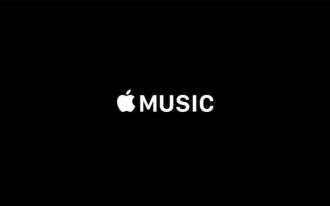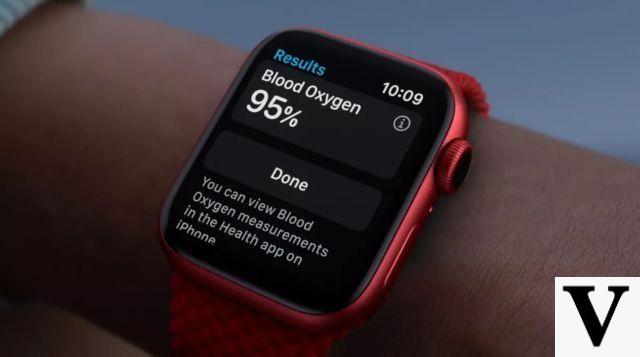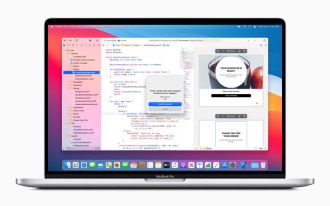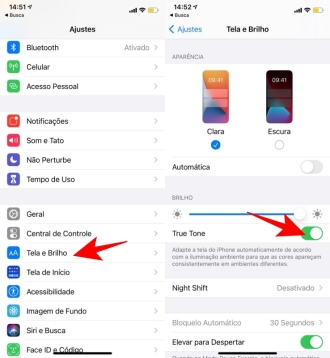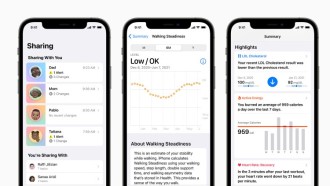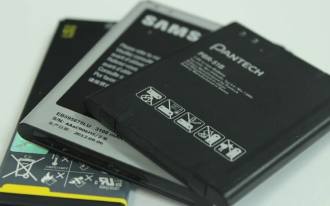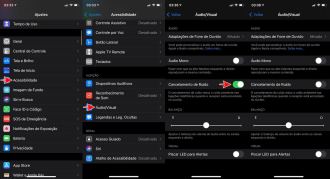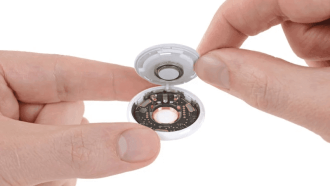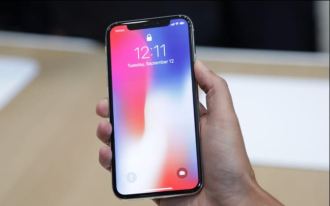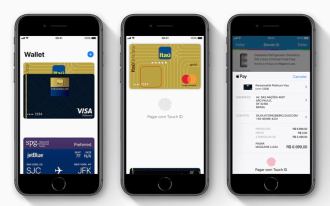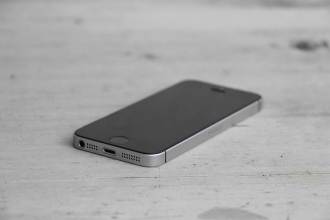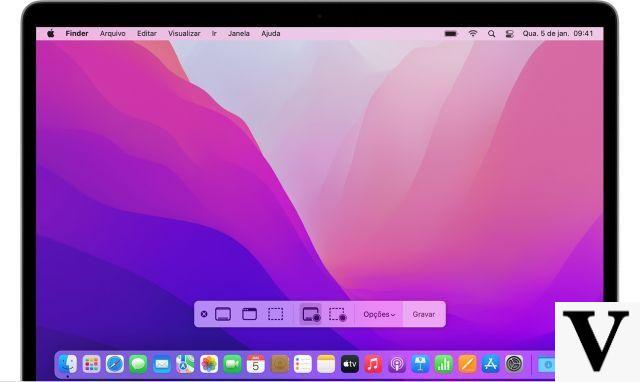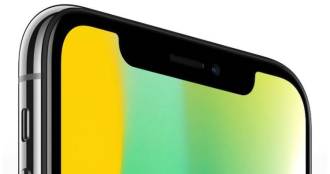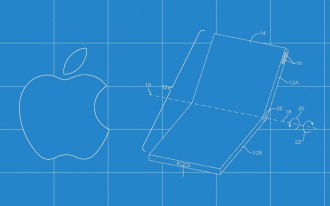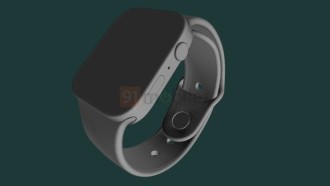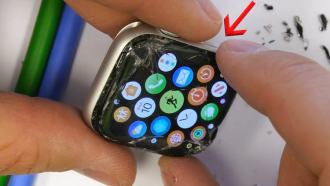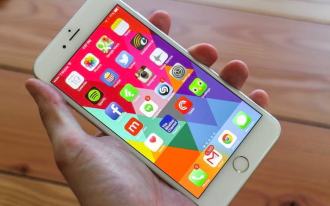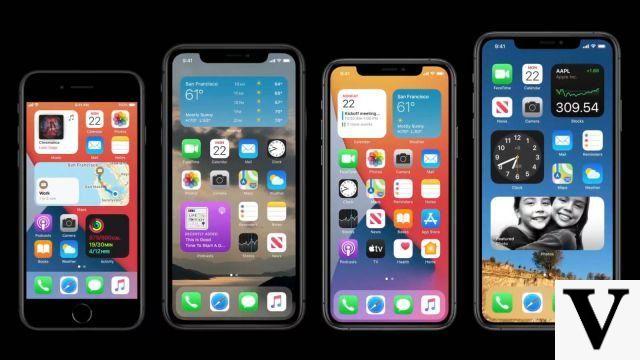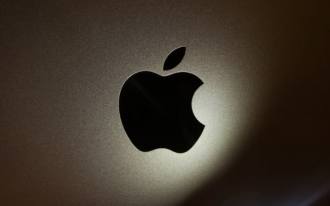Having a flash drive is one of the best solutions for storing files separately from the computer system in use. With an external storage device, you can create a backup copy of everything you have on your computer. However, if you have a MacBook, Mac Mini or iMac, be aware that not all flash drives can be used with a computer without being formatted first. In this article, we are going to see how to format a USB flash drive on Mac.
Formatting a USB Flash Drive on Mac: Choosing the Right File System
When formatting your thumb drive on a Mac, you must first consider which device you want to connect to and what operating systems are running on those devices. This is important as different types of system software - such as Windows, Linux or macOS - may or may not support different file systems.
Furthermore, the size of the USB stick memory and the size of the files to be stored also play a key role in choosing the right file system.
That's because depending on the format you choose, there are different limits, as clearly demonstrated by the list of file systems available for USB formatting on Macs below:
| file system | Description | Support & Admin | Size |
| HFS+ ou Mac OS Extended (with registration) | A file system developed by Apple that is particularly suitable for data media with large memory capacity. Windows/Linux devices can only read but not edit USB devices in this format. | Mac OS | Data Storage: 2 TB Files: 2 TB |
| HFS+ ou Mac OS Extended (case and journal sensitive) | Mac OS Extended (Journaled) with the addition that the file system is case sensitive (eg image.jpg or Image.jpg). It is not compatible with many apps. | Mac OS | Data Storage: 2 TB Files: 2 TB |
| FAT: ou FAT32 | FAT is a file system developed by Microsoft that is also compatible with Linux and macOS. The maximum data size is limited to 4GB in the latest FAT32 version. In theory, data capacity of up to 2TB is possible, but Microsoft has limited the partition size on newer systems to 32GB to promote the modern NFTS format. | macOS, Windows, Linux | Data Storage: 32 GB (theoretically 2 TB) Files: 4 GB |
| exFAT | ExFAT is a further development of FAT that, in principle, offers unattainable data storage and capacity. However, the file system is not compatible with many older systems. | macOS, Windows, Linux | Data Storage: 128 PB Files: 16 EB |
If you plan to use your flash drive exclusively on Apple computers, the native Mac OS Extended format (officially called HFS+) is definitely a suitable choice.
And if there is no special reason for the system to be case sensitive, it is generally advisable not to use this option. However, if the flash drive formatted on a Mac also needs to be readable and writable for all Windows and Linux devices, FAT is the better choice - or rather ExFAT if you have to work with large files over 4 gigabytes in capacity of data of more than 32 gigabytes.
Tutorial: How to format a flash drive on a Mac - step by step
macOS offers its own tool for managing external storage media, such as a thumb drive: the Disk Utility program. You can open it at any time by opening Spotlight and typing in the search term "Disk Utility". Then confirm your entry using the "Enter" key.
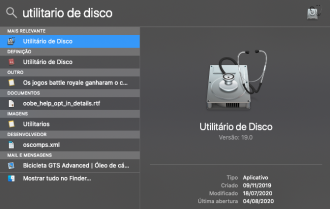
Note: Formatting a flash drive on a Mac is the same on other systems: if there are still files on the flash drive, they will be deleted during the formatting process. Therefore, you must first save all the files you need somewhere else.
A list of your internal and external data media will now appear in the Disk Utility program. In column "External", left-click the flash drive you want to format on your Mac, and then click the "Delete".

The Disk Utility program will open another window where you can enter the name of your pen drive and also set the file system.

You can configure the file system by clicking on the small arrow in the "Format" and then pressing the input for the respective system format
Once you've made your choice, you can set in "Security Options" whether the flash drive should be formatted by your Mac quickly (slider to the left) or whether the focus should be to delete stored files in the most secure way ( slider to the right).

The last option is especially recommended if you don't want the data to be recovered in any way. If you don't need that security or if your flash drive is brand new, you can simply opt for a faster formatting process:
Confirm the selected security level with "OK" and finally click on "Delete". After that, your Mac will start formatting the flash drive.

Here's a basic rundown of how to format your thumb drive on a macOS. About formats, if you will only use your flash drive on Macs and no other system, use MacOS Extended (Journaled). If you need to transfer files larger than 4GB between Macs and PCs, use exFAT. But in all other cases, it's worth using the MS-DOS format (FAT), also known as FAT32.



